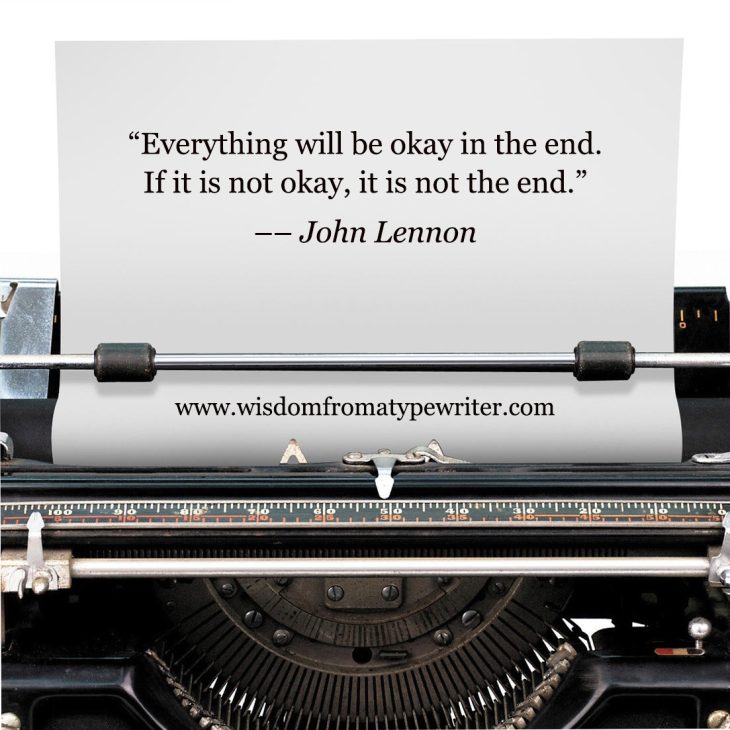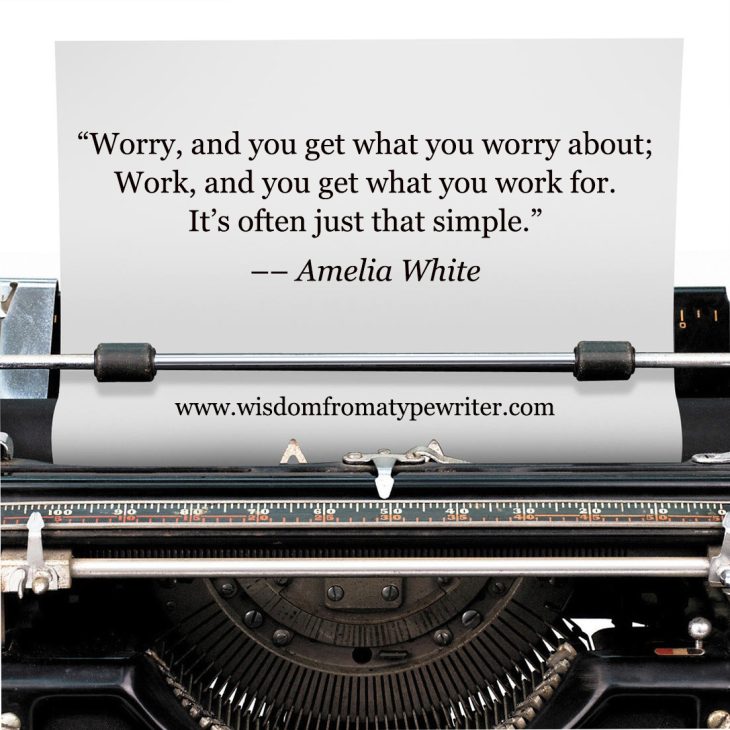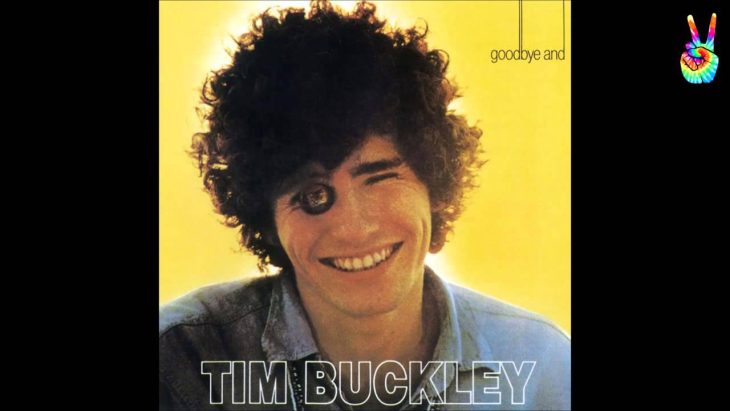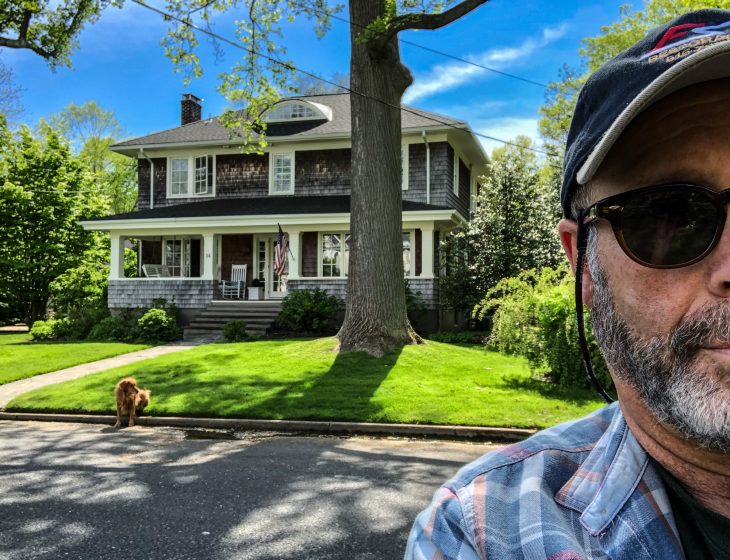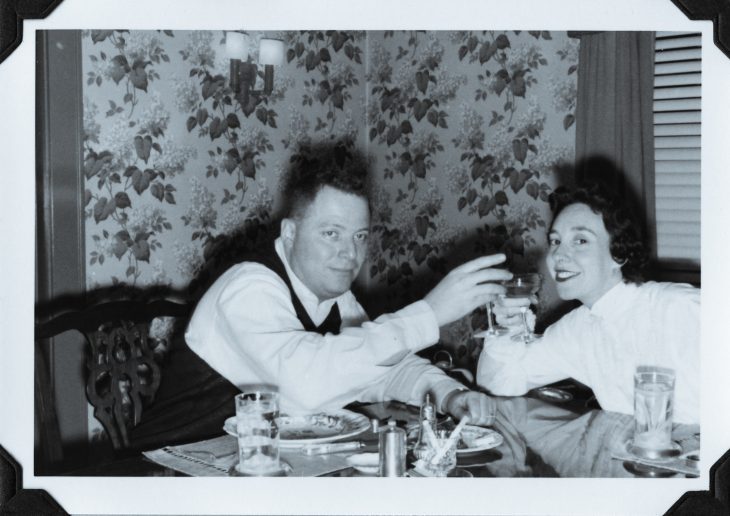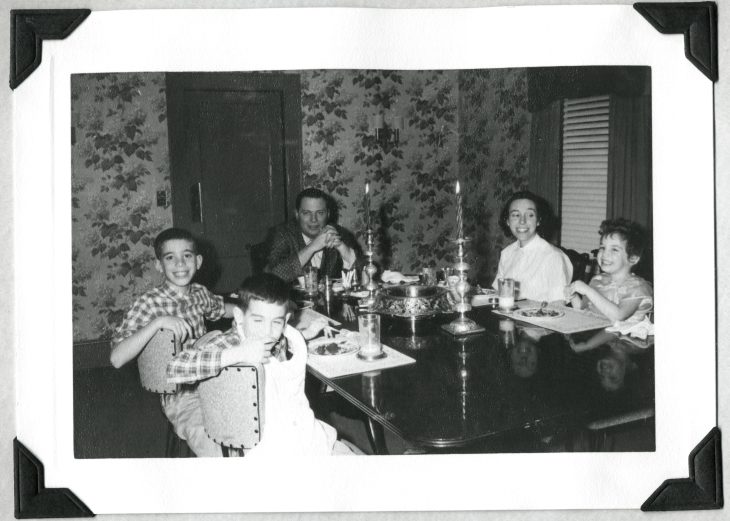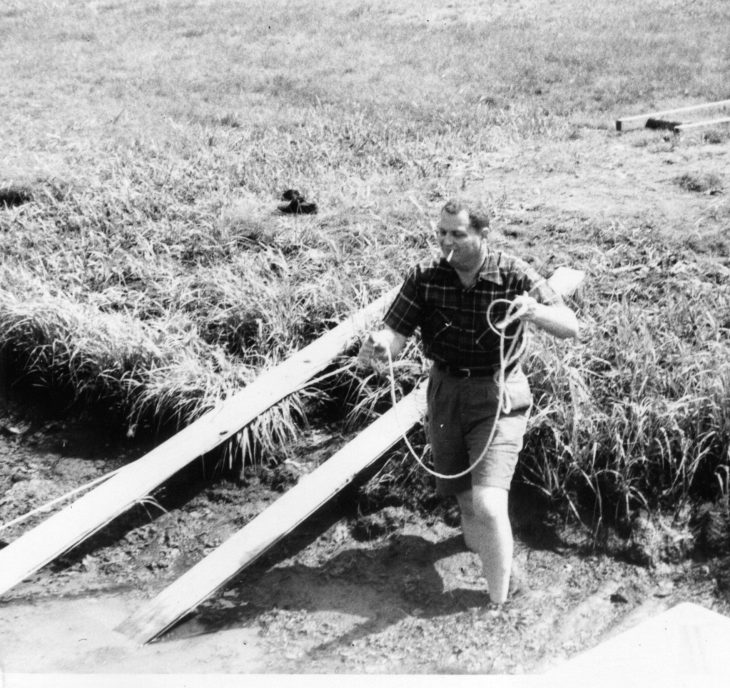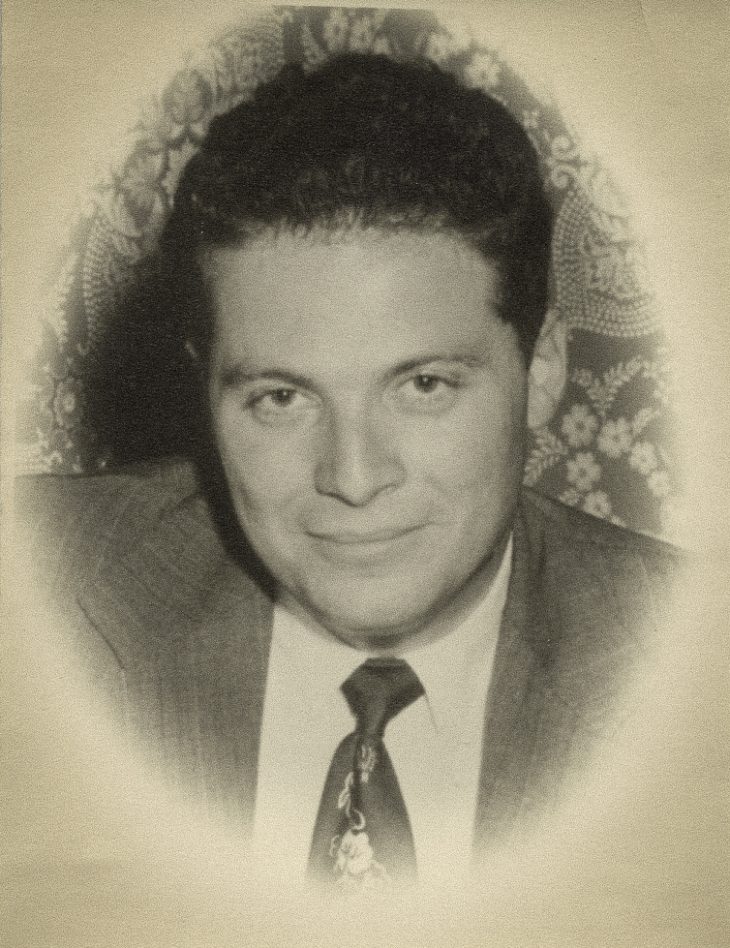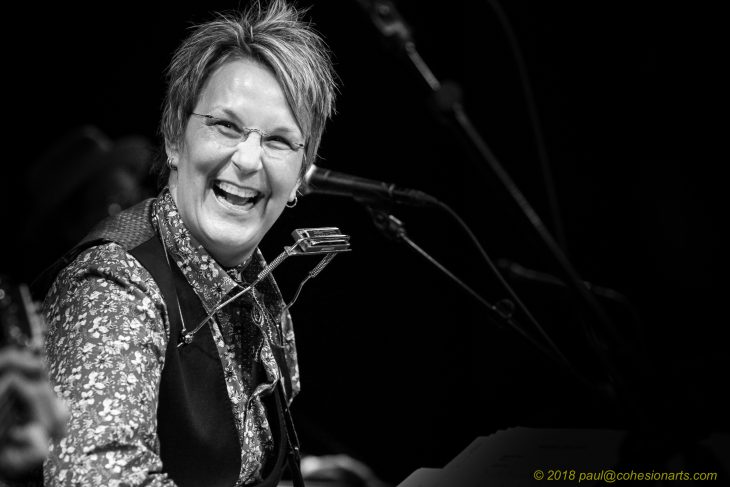Author - Paul Schatzkin
I went back to Rumson for a few hours last week….
Rumson is the town near the Jersey Shore where I was a kid.My family lived there from 1950 until 1962 – from age 0 to age 11. My childhood, pretty much.
Over the decades since, I’ve gone back there several times.In the fall of 1984 I went back for two whole weeks.I owned a house in Hawaii at the time, and could have arranged a ‘vacation home exchange’ anywhere in the world. I could have gone to England or France; I chose instead to spend two weeks in New Jersey.But even that was not enough to heal the psychic wounds inflicted by the way I’d left 22 years earlier.
Prior to this most recent visit, the last time I was there was in 2002, when my sister and my brother and his wife and a couple of their kids and I granted our mother’s final wish and spread her ashes around the town where she’d spent the happiest years of her life – before our father’s untimely demise in 1958.
Today I am publishing a pair of companion pieces that explore my departure from Rumson in 1962 – and why I keep going back:
The Summer of ’62 is about the move.It’s a piece that I wrote as part of a memoir writing class I took in March of this year.
Return to Brigadoon is about one of those return visits in the summer of 1969; it’s based on a poem I found when I re-opened the journals I kept during my last year of high school and first year in college.
I’m posting these now as part of an attempt to find meaningful closure around some of what my new therapist calls “early childhood trauma.”
For the past 8 months, I have been working with Lee Norton, a therapist in Nashville who specializes in the full spectrum of trauma, from assault-rifle-massacre-survival to the sort of catastrophic early losses like I suffered when Harvey died. I’ve been in-and-out of therapy since I was in the third grade but this feels like the most productive therapeutic work I’ve ever done. Please don’t ask me why it took so long.
 I’m not sure what the outcome of this current course is supposed to be. My 67-year-old-self has been spending a lot of time with my 7-year-old self, who, it seems, went into hiding about the time his father died. The kid and I are still deliberating over who liberates who.
I’m not sure what the outcome of this current course is supposed to be. My 67-year-old-self has been spending a lot of time with my 7-year-old self, who, it seems, went into hiding about the time his father died. The kid and I are still deliberating over who liberates who.
And while I’ve been doing that work, I’ve been spending some (but not nearly enough) time rummaging through my father’s writing and the correspondence he and my mother exchanged during World War II.There seems to be a connection.
I know what some of you are thinking: Why doesn’t he just get over it?His father died, the family moved, yada yada. It was 60 years ago.Move along…
I’ve even heard the word “indulgent” to describe these nostalgic disquisitions.
Yes, I am deeply conflicted about the whole proposition.On the one hand, it feels like necessary and unfinished work, despite the half-dozen decades between me and the events I keep returning to.On the other hand, at times the whole exercise seems like an excuse for not moving on to more constructive pursuits.
All of this came up in a session I had with Lee Norton shortly after this last visit to my point of origin. After wondering why am the only one of three siblings that continues to be affected by these long ago events, Lee offered:
One kid tends to get hit more than the others. Regardless of what the catastrophic loss was, the usual defense mechanisms are overwhelmed. It’s a very physiological process. The brain doesn’t have anywhere to put it, so it accumulates and sequesters in the right hemisphere which has no sense of time.
The brain always wants one linear, explicit storyline that it can then put away. Until you look into a catastrophic event and do something …. the brain does not recognize it as finished and when it’s not finished then all these unconscious processes kick in and we recapitulate. We’ll have relationship or job dilemmas; it’ll show up in lots of different ways – financially, self medication (umm…that would be me). The goal is you have to get it finished...
So I am, once again trying to get it finished.
For you, reading these things is optional.For me, apparently, writing them is not.
*

A 180º panorama of Monmouth Avenue. It was a great neighborhood for kids and bicycles.
No helmets required.
*
*
In which the hint of a diagnosis is finally revealed in a letter written to Harvey and Ellen’s friends Renee and Jules Gordon during his visit to the Mayo Clinic:
December 8, 1956
Dear Renée and Jules,
I am now some 150 pages into the Civil War and enjoying it fine. It’s a very exciting business, and I wonder how it comes out. The book is swell. Many thanks. I tried to reach you Monday night before I left but gave up after a half hour or so of busy signals. No perseverance.
It’s cold out here, but ideal for winter sports such as sleeping, and sitting around fires drinking hot toddies. I may very well settle for sitting around a nice, roaring radiator drinking scotch. Of course it’s that pleasant, dry cold that they have in Minnesota, so you don’t really notice it or mind it so much. It’s just that I wish those damn penguins would quit waddling up and down my windowsill.
The clinic itself is a real swell place, full of jolly old doctors, nurses, technicians, clerks and the like. There’s plenty to do, which makes itso different from a lot of these winter lodges that offer nothing but skiing and ice-skating. Although so far I haven’t picked up any gold medals, (after all I’m a relative newcomer) I’ve done very well in the following: The Hundred Meter Needle Toss, Blood Polo, The Urine Put, and the Freestyle Rectal Dash. My coach is very proud of me.
I keep seeing the doctor from time to time, but so far he has had nothing much to tell me. By Monday the results of all the tests should be tabulated, and I expect to have a conference with him and learn the answer to this whole business – whether I am really Jewish or not.
Well, that’s about all for now. I want to go back to my book and find out if Grant really does win the damn thing after all.
Love to you both,
Harvey
P. S. If you want to start making a line of mouton-aligned ankle straps and wedgies, I think you have a real market for them out here.
(Above: Polly’s Pond… “at the end of Monmouth Avenue, at the mouth of Oyster Bay, on the edge of Shrewsbury River.” The scene of many fond memories from the 1950s… Revisited in May, 2018)
*
… might have been right about that. But that sure doesn’t stop some of us from trying.
I’ve been trying to “go home again” for… oh, 50 years or so now…
And I tried again earlier this month.
First, I drove up to Cape May, New Jersey for a week-long photography workshop.
When the workshop was over, I looked at the map and saw that a) I was only 2 hours away from the town where I’d been a kid, Rumson, NJ; and b) making that side trip would not add any time to my return drive to Tennessee.
So I headed up the Garden State Park from Exit 0 to Exit 109 and the Jersey Shore.
The last time I was there was in 2002, when my brother and sister and I (and some of their issue) returned to comply with our mother’s last wish: that her ashes be spread in the riverside town where she spent the happiest years of her life with her first husband, Harvey.
This trip was important because over the past year I have been dredging up and finding ways to revisit and hopefully dispel the buried traumas of how I happened to be removed from the place that I still think of as “My Hometown.”
I’ve posted two new items that describe the quest. Please follow these links to:
and

A 180º panorama of Monmouth Avenue. It was a great neighborhood for kids and bicycles.
No helmets required. Click to embiggen.
(Above: The Schatzkin family, seated around the dining room table at 14 Monmouth Ave, Rumson NJ – celebrating what would be Harvey’s last birthday: January 16, 1958.)
It does not appear that “A Visit to the Mayo Clinic” was ever continued or finished past the second day’s entry. Maybe that was as long as Harvey was there.
But there is another essay in the archives that seems to pick up where that one left off. There is no date on the copies in the files, so no way to tell when in the course of his illness it was written. I do note the mention of Monmouth Memorial Hospital in Long Branch, NJ, which is where he finally succumbed in September, 1958. But the piece also mentions “they day that I left,” so, obviously, this was before that.
This one is called, simply,
Hospitality
by Harvey Schatzkin
I always enjoy trips to the hospital. I also enjoy stubbing my toe or making a public appearance with my fly open. The last trip was no exception. Herewith a few highlights:
Food: All hospitals serve food. It is probably the result of some State Regulation. I hear they are pretty good with the intravenous gambit. It’s the intra-oral deal that I am concerned with.
First-of-all, hospitals specialize in diets. On my floor, patients were being treated to low-salt diets, low-fat diets, and the like. For me, it was the specialty of the house – the low-taste diet. All the harmful flavor had been removed by a special process we call cooking.
I understand that this is presided over by a dietitian – flown in at no small expense. I believe it. To get spaghetti, salad, and bran flakes all to taste alike is no job to leave to chance. It requires an expert’s hand at the helm. Monmouth Memorial has a gem.
Electronics: Hospitals are abreast of this modern trend. Handy to every patient is a pushbutton. Pushing on it sets into motion a chain of events not unlike what happens when an unknown blip appears on an Air Force radar scope. First, a voice (with a smile) asks, “are you dying?” If you answer, “No”, the voice goes away and that ends it. I soon learned this trick and managed to have several conversations with the voice. I was given time signals, weather reports, road conditions, and an occasional beep whenever Sputnik whizzed over Long Branch. Sometimes, I can even elicit a discussion about my condition or particular needs of the moment.
On the day I left, I found out that the whole business is recorded on a series of tapes in Master Control and no nurses are ever involved in any of it.
Getting About: Even as a non-ambulatory patient, I was frequently needed in parts of the building other than my room. This required my being shoved into a cart and rolled to my destination. A very dangerous situation. You may never return. There is no particular malice involved, it’s just that you may be wheeled into some hall and left there. The halls of Monmouth Memorial (known as the Halls of Purgatory) are filled with dispossessed patients. These D. P.’s have – in some age long past – been wheeled into a hall for a purpose – a purpose now vanished on some decayed record.
As I waited to come back from the X-ray room, I talked with one of the hall people – and the horror of it all dawned on me. My friend had no idea how long he had been in The Halls; but he kept mumbling about, “that man in the White House.” It was pretty disquieting.
I was one of the lucky ones. After a few hours and attendant from the 6th floor came roaming along to see if she could find any patients she had misplaced during the day. I threw my arms around her promising love, devotion, and jewels. She agreed to wheeled me back up.
I made it just in time. They were starting to change my bed clothes and erase my name from the door. After making it back from the X-ray room in one day I was regarded as something of a celebrity – and treated with considerably more respect.
That’s it.
As long as we’re observing birthday’s, here’s another photo, a month later, from my brother Arthur’s 10th birthday – February 11, 1958.
I surmise that anybody who’s been following this revival of my father’s writing has learned by now that Harvey died of cancer in 1958 at the ripe young age of 37. Therein lies the tragedy and the origins of the personal trauma that I’m exploring now (while undergoing a fresh round of new personal trauma right here in 2018. But we’ll get to that later…).
We don’t really know a whole lot about his illness nor his death. It came, frankly, as a complete surprise to my siblings and me, although I was only 7 years old at the time and my sister only 4. My brother (also currently deceased) might have had more of a grasp of it, but even he was only 10 years old at the time.
Almost everything I ever knew about his illness (which is to say, nothing), was expressed in a poem I wrote a long time ago about the Little Green Boat our family owned while we still lived near the Shrewsbury River in Rumson, New Jersey.
What I do have in the archives that I’m rummaging through now are three short essays that Harvey wrote about his experiences in the world of mid-1950s medical care. Herewith, then, are those three essays, starting with:
*
A Visit To The Mayo Clinic – December, 1956
It’s peculiar that when reading the travel and resort section of the Sunday papers that I have never noticed any ads for Rochester, Minnesota as the ideal winter vacation spot. Much is written about Miami, Palm Beach, Bermuda, and the West Indies. But who is singing the praises of this happy little village nestled peacefully in the Zumbro Valley? (named for its discoverer Sam Zumbro, who mistakenly thought he had found the Khyber Pass.) Read More
Returning now too the subject of My Father and the things that he wrote during his relatively brief time on Earth:
One of the most “famous” of my father’s works (which is to say, famous within the family) is the letter that he wrote to the Parker Pen Company while a student at the University of Illinois in the fall of 1940.
*

The letter was written in 1940, but I don’t have any photos from that era handy, so here’s one from the 1950’s.
December 6, 1940
The Parker pen company
Janesville, Wisconsin
Gentlemen:
As you can see I am writing a letter to the company that makes (by its own admission) the finest pens in the world – by using a typewriter.
I do this not because I do not have a pen., No, gentlemen right here in my left hand I have a pen. Said pen is called in one of your ads which I just happened to read, quote, a Jewel of Pendom, unquote. However, if I were to attempt to write this letter with this pen, the pages would be so smudged up with ink that it would be totally impossible for you to read it. But allow me to explain the case a little more fully.
About two years ago (or possibly a few months less) I wandered into a bookstore on our campus – that of the University of Illinois – and purchased a Parker pen. Since this memorable date, I have had nothing but trouble with the amazing instrument.
The trouble, to sum it up briefly, is that this pen leaks – leaks torrentially.
Remember when I was writing about “Music 3.0“?
Of course you don’t, that was almost 10 years ago, before I folded “celestialjukebox.org” into one of the archived elements of this CohesionArts website.
My idea of “Music 3.0” (there are others, but they’re not nearly as prescient or comprehensive… 😜) was the culmination of what I still occasional refer to as my “Grand Nebulous Theory of The Future of Music” – a concept both “grand” and “nebulous” because, while I think the historical trajectory offers some useful clues, I don’t really have a solid grasp of the ultimate destination.
Whatever the ultimate destination, I think I walked into a fresh landmark along the route this past Saturday when I spent the afternoon at the City Winery in Nashville for something called the “Guitar Mash.”
The concept is hard to describe, but is summed up in the project’s stated mission to “change the way you experience music.” Follow this link to get a better idea of the concept (simplified version here).
As I wrote in a Facebook post the following day:
I got to be present for – and photograph – a rather extraordinary event yesterday at City Winery.
It’s called the “Guitar Mash.”
It starts with a “house band” of A-List musicians – like Jerry Douglas on dobro, Mark Stewart (musical director for Paul Simon, among other things), Victor Krauss on bass, Larry Atamanuik on drums and John Deaderick on keys.
As the afternoon unfolded, the band was joined on stage by featured players including the likes of Brent Mason, Keb Mo, and John Oates.
But the really unique feature is: the audience is encouraged to bring their own instruments and… ohmigod… play along with the stars! Chord-and-lyric charts are displayed on the video screens and “Chord Coaches” (from the W.O. Smith School) wander the audience helping the guests suss out what they’re trying to play.
There will be more to come after I’ve sorted through all the files, but this morning I want to share this one shot of MV Gauthier, as she performs Woody Guthrie’s “This Land Is Your Land” and looks out at a venue full of people playing and singing along with her. Her reaction here captures the entire essence of the event. Long story short, it was a blast for every one.
While technology continues to disrupt the “virtual” music business, I felt like this was an indication of what’s possible in the “real” world of music: empowering more people to make music themselves. I kinda think Mary is catching that spirit in this moment and realizing what a wonderful thing that could be.
It oddly frustrates me sometimes when I go to a concert or a club, and there is so little for the audience to do. The performers put their best effort into a song, and the rest of us sit there and repetitiously flap our hands together in appreciation. Rinse and repeat. I don’t know that there is any viable alternative to that, but here’s a venue full of people doing something other than waiting for their chance to applaud:
Digital Caveats re: the above slideshow: I’m having some issues with ZenFolio – my web gallery/service provider – over their continued reliance on Adobe Flash for these slide shows. 10 years after Steve Jobs wrote the epitaph on Flash, ZenFolio only lets me create an “embeddable” slideshow if I use Adobe Flash. HTML5 has been the de-facto standard for nearly a decade, but when I try to embed the HTML5 version of this slideshow in my WordPress post, only half of the images appear in an otherwise half-black screen. I love ZenFolio, but this one rates a big WTFF? I don’t have Flash on my new MacBook Pro, so I have no idea if the embed above works or not. If not, follow this link to see the entire gallery; there is a button to display the HTML5 slideshow in the upper right corner of the gallery page.

